The concept of food preservation by creating a barrier against oxygen is as ancient as civilization itself. Long before modern refrigeration, cultures around the world developed ingenious methods to protect their food from spoilage. The principle is simple yet profound: by isolating ingredients from air, we dramatically slow down the chemical reactions that lead to deterioration. This fundamental understanding has shaped culinary traditions across continents and continues to influence contemporary food science.
Oxidation represents one of the greatest threats to food quality. When edible substances interact with oxygen, a cascade of chemical transformations occurs. Fats become rancid, vibrant colors fade to dull browns, and essential nutrients break down. The speed of this process varies depending on the food type - sliced apples might brown within minutes, while whole grains may take months to show noticeable changes. What remains constant is that oxygen exposure inevitably degrades both the nutritional value and sensory appeal of our ingredients.
Traditional preservation methods often relied on physical barriers to block air contact. Mediterranean cultures submerged olives in brine, while Asian traditions used fermented rice paste to encase vegetables. The common thread in these diverse techniques was creating an oxygen-free microenvironment around the food. Modern packaging has refined this approach with vacuum sealing and gas flushing technologies, but the underlying principle remains unchanged since those early innovations.
The chemistry behind oxygen's destructive power involves free radicals. These highly reactive molecules initiate chain reactions that break down cellular structures in food. Antioxidants naturally present in some ingredients can temporarily counteract this process, which explains why certain foods like citrus fruits or herbs resist browning longer than others. However, even these protective compounds eventually succumb to prolonged exposure without proper sealing measures in place.
Professional kitchens have developed sophisticated applications of the oxygen barrier concept. High-end restaurants frequently employ immersion circulators for sous vide cooking, where vacuum-sealed ingredients cook in precisely controlled water baths. This technique not only ensures perfect doneness but also preserves flavors and textures that would otherwise degrade through conventional cooking methods. The plastic pouch acts as a modern interpretation of ancient preservation vessels, demonstrating how traditional wisdom informs cutting-edge culinary technology.
Home cooks can apply similar principles through simple, accessible methods. Glass jars with airtight seals create effective oxygen barriers for dry goods like flour and spices. Oil immersion, a technique popular in Italian cuisine, preserves ingredients like sun-dried tomatoes or herbs by eliminating air pockets. Even proper wrapping techniques with plastic film - pressing it directly against the food surface before sealing - can significantly extend freshness compared to loose storage.
Industrial food production has elevated oxygen barrier technology to an exact science. Multi-layer packaging materials combine different polymers to create nearly impermeable shields. Some advanced films incorporate oxygen scavengers that actively remove residual gas molecules, providing protection far beyond what passive barriers can achieve. These innovations allow supermarket shelves to stock products that retain quality for months without artificial preservatives, all through intelligent application of physical isolation principles.
The sensory impact of proper oxygen barriers manifests most noticeably in flavor preservation. Volatile aromatic compounds that create distinctive tastes and aromas remain intact when shielded from air. Coffee aficionados recognize this immediately - whole beans stored in airtight containers maintain their complex flavor profile, while pre-ground coffee left exposed quickly turns flat and bitter. Similar protection applies to delicate spices, premium teas, and aged cheeses, where subtle flavor nuances make all the difference.
Nutritional preservation presents another compelling argument for proper sealing. Vitamin C, among the most oxygen-sensitive nutrients, can degrade by 50% within weeks in improperly stored foods. Essential fatty acids similarly break down when exposed to air, losing both health benefits and culinary value. By contrast, studies show that vacuum-sealed frozen vegetables retain significantly higher nutrient levels after six months than their conventionally packaged counterparts, proving that simple barrier methods impact nutritional quality.
Emerging technologies continue to push the boundaries of oxygen barrier applications. Edible films made from plant proteins or chitosan (derived from shellfish) offer promising alternatives to plastic packaging. Some experimental coatings incorporate natural antioxidants that provide dual protection - physical barrier plus chemical oxygen scavenging. These innovations aim to reduce packaging waste while maintaining or even improving food preservation standards, showing how ancient wisdom continues to evolve in sustainable directions.
The psychological dimension of food preservation shouldn't be underestimated. There's profound satisfaction in opening a properly stored container to find ingredients at peak freshness weeks after purchase. This reliability transforms cooking from a chore into a pleasure, as chefs can trust their components will deliver consistent results. The confidence that comes with mastering preservation fundamentals encourages more adventurous cooking and reduces food waste - benefits that extend far beyond the kitchen.
As consumers become increasingly conscious of food quality and sustainability, understanding these basic preservation principles grows more valuable. The simple act of properly sealing ingredients represents a convergence point between culinary tradition, scientific understanding, and environmental responsibility. Whether using a mason jar or industrial vacuum sealer, we participate in an unbroken chain of food wisdom stretching back to humanity's earliest attempts to safeguard nourishment against the relentless march of time and oxidation.

By /Jul 14, 2025

By /Jul 14, 2025
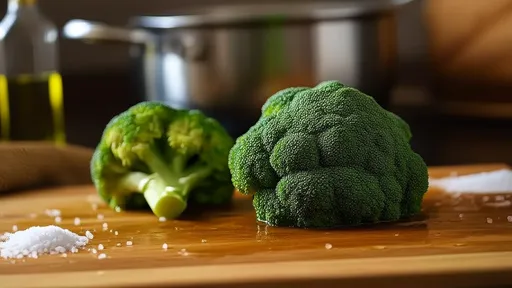
By /Jul 14, 2025
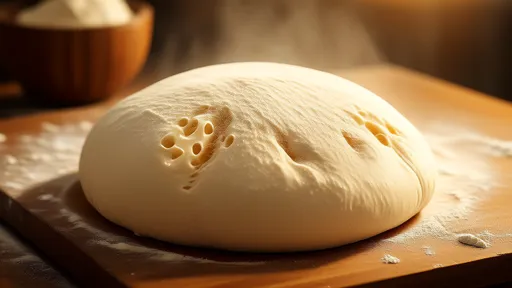
By /Jul 14, 2025
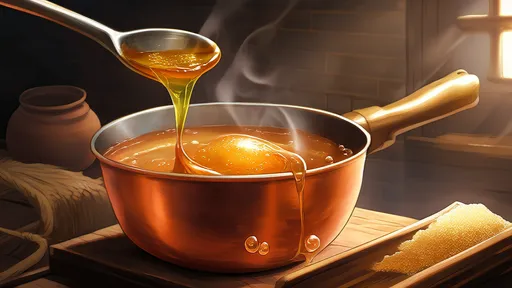
By /Jul 14, 2025

By /Jul 14, 2025
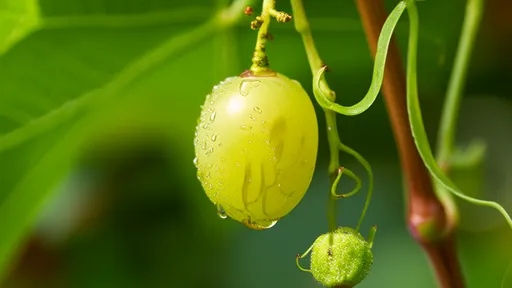
By /Jul 14, 2025
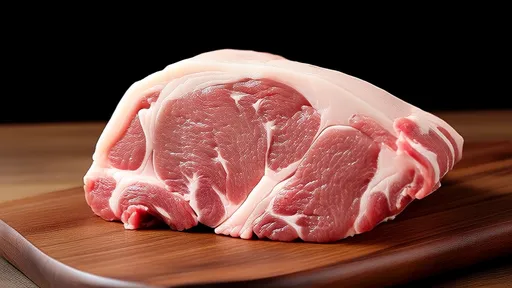
By /Jul 14, 2025
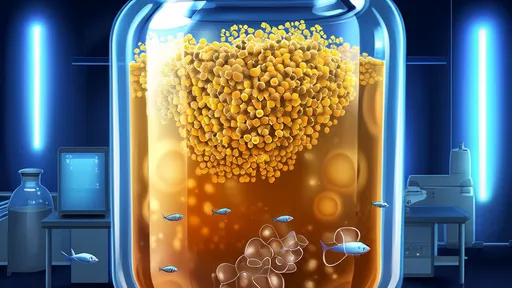
By /Jul 14, 2025
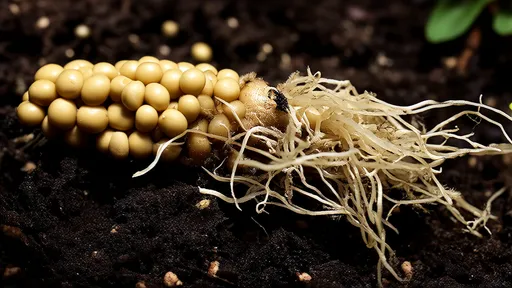
By /Jul 14, 2025

By /Jul 14, 2025
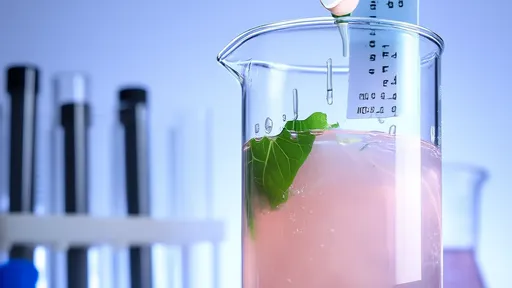
By /Jul 14, 2025
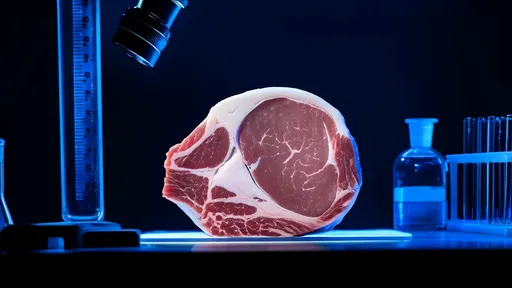
By /Jul 14, 2025

By /Jul 14, 2025
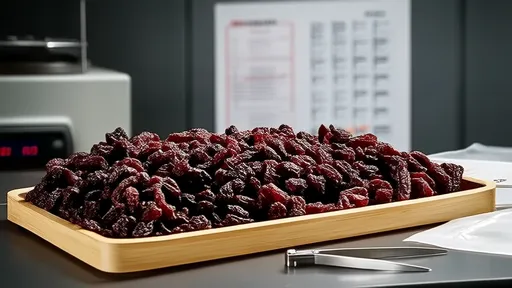
By /Jul 14, 2025
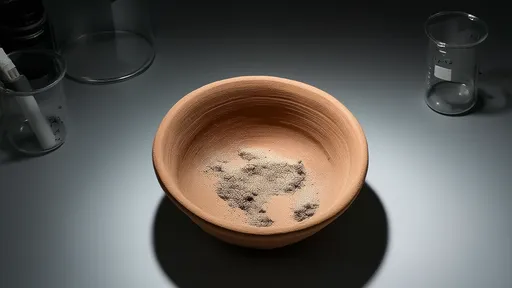
By /Jul 14, 2025
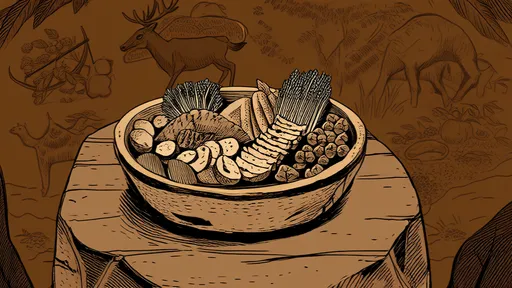
By /Jul 14, 2025
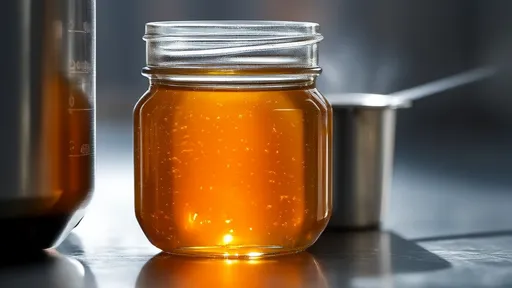
By /Jul 14, 2025